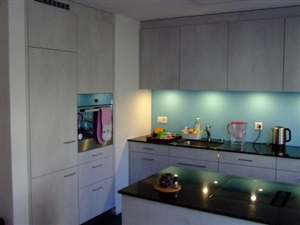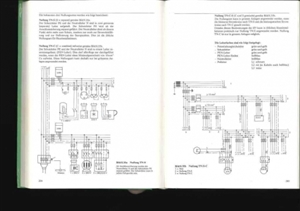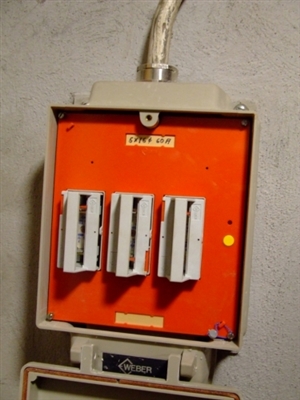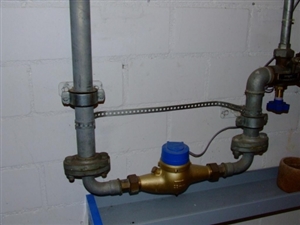We recently had our kitchen rebuilt and at the same time the distribution box was updated. Here are a few pictures to show a non UK installation. The supply is 3 phase 20A per phase. Lights and sockets are generally 1.5mm2 singles in conduit. Appliance power (2 or 3 phase) is usually cables in conduit. Sockets and lights are on the same circuit for a large room or a number of small rooms. Neutral used to be yellow and is now blue. Phases are red, white and black. Circuits after the switch can be any other colour.

Bare kitchen with first fix cabling

Ready for a light fitting

The bottle fuses were for the appliances, 2 phase for the oven and hob and 3 phase for the dishwasher. The Bathroom and toilet had an RCD. The bedrooms and living room MCBs with neutral isolators.

Plasterers are the same everywhere.

Space for the oven and fridge freezer with wiring.

Wiring for the hob (cable) and sockets (singles).

New distribution box. 3 phase MCBs for the oven and hob. RCDs for the dishwasher and lighting and power circuits.


Supply details

Incoming cable to the block (6 apartments)

Meter cupboard
.

Finished ?
Best regards
Roger



